Gold dipped below 2000 as near-term pullback extended into Asian session, with many markets still on holiday. Shift appears to be driven by growing market conviction that Fed will implement another 25bps hike in May, as fed fund futures now indicate a 66% probability. This sentiment follows last week’s robust US non-farm payroll report. However, expectations could still change after release of March CPI data and FOMC minutes on Wednesday.
Technically, a short-term top for Gold may have formed at 2032.05, evidenced by a bearish divergence in 4-hour MACD. Rally from 1084.48 might have completed a five-wave sequence and stalled just ahead of key resistance zone between 2070.06 and 2074.84 record high.
Considering this, a deeper pullback is now anticipated. Crucial near-term support level can be found at 38.2% retracement of 1804.48 to 2032.05 at 1945.11 which is in proximity to 1949.55 support level. As long as this support zone holds, current price action from 2032.05 should be regarded as a brief corrective phase, and a rally to new record highs is expected sooner rather than later.
However, sustained break of 1945.11/1949.55 support zone could signal a deeper fall in underway, possibly extending the long-term consolidation pattern from 2074.84 with another downward leg. In this scenario, gold prices could decline to 61.8% retracement of 1804.48 to 2032.05 at 1894.41 or even further towards 1084.48.




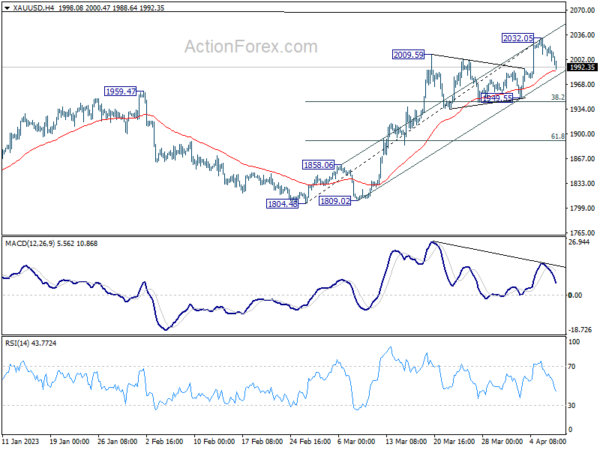
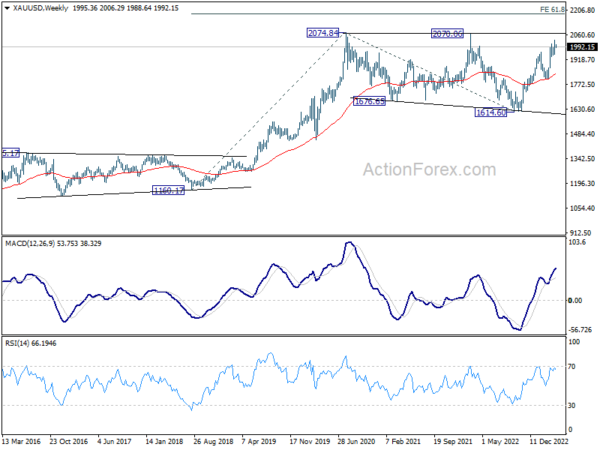
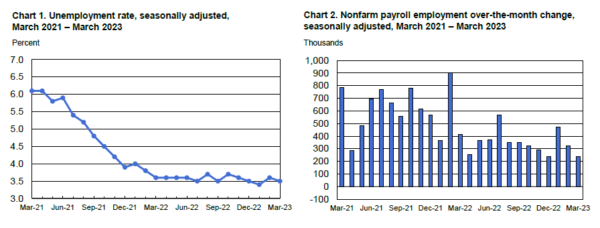
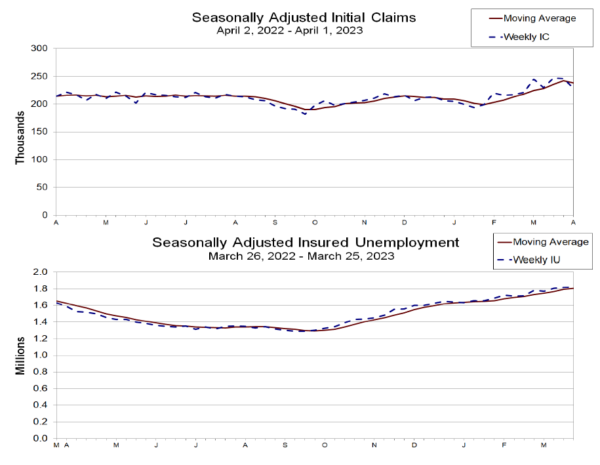
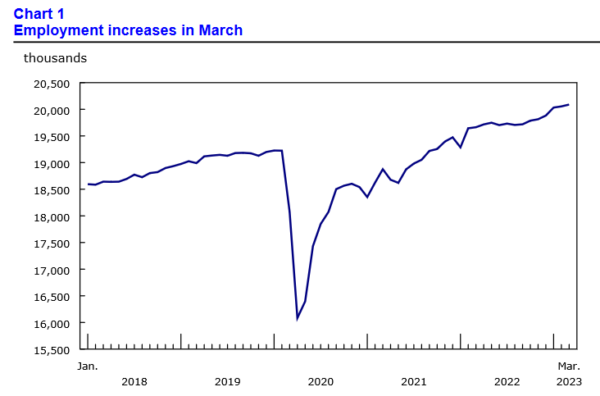
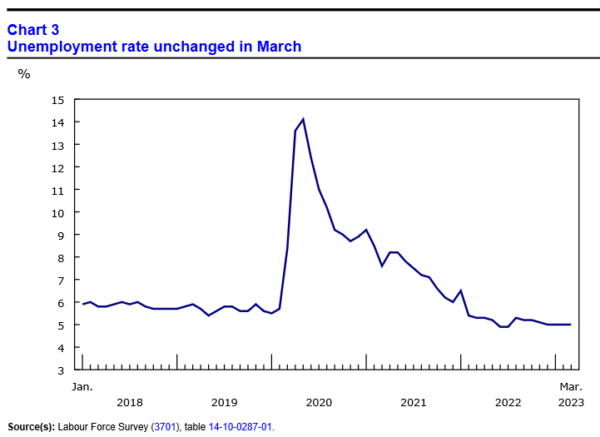
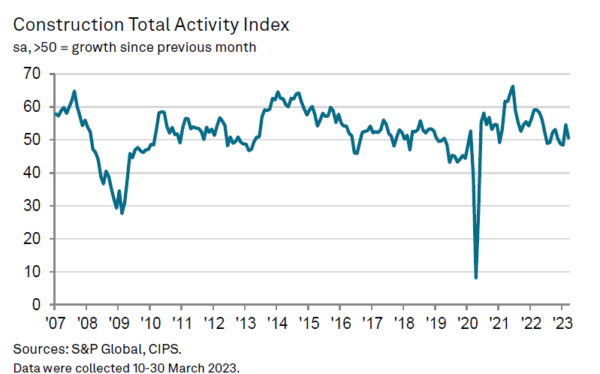
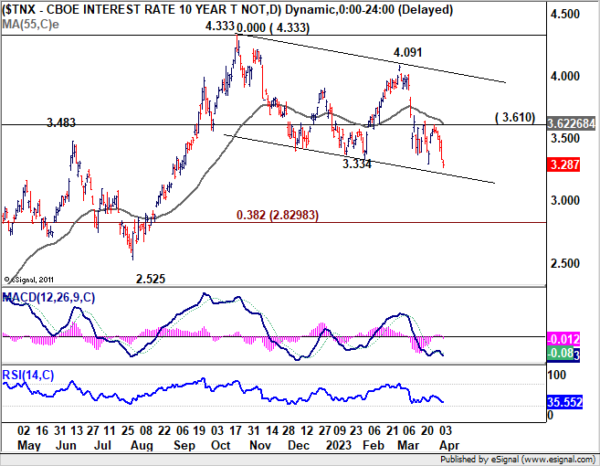
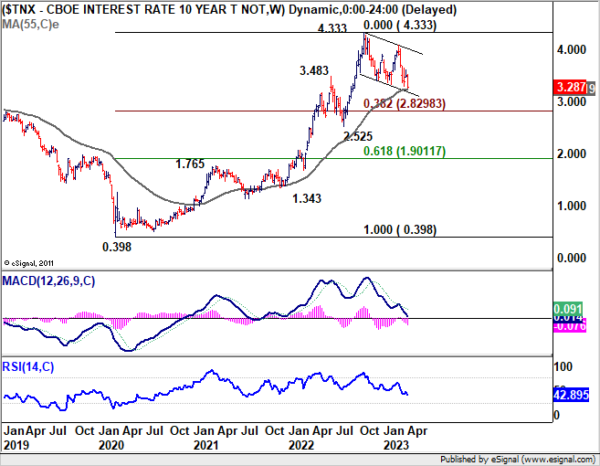
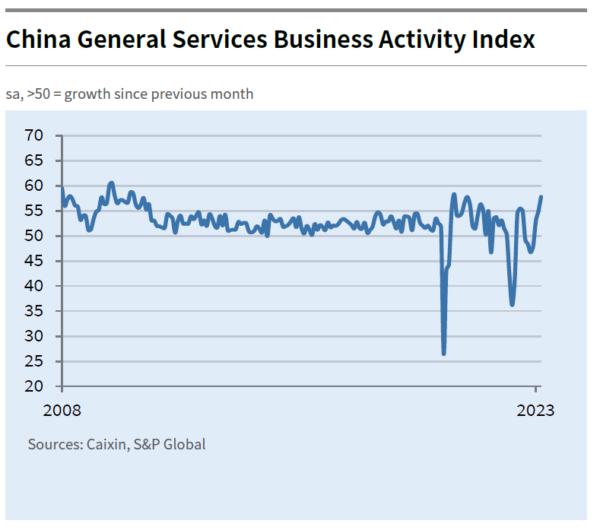
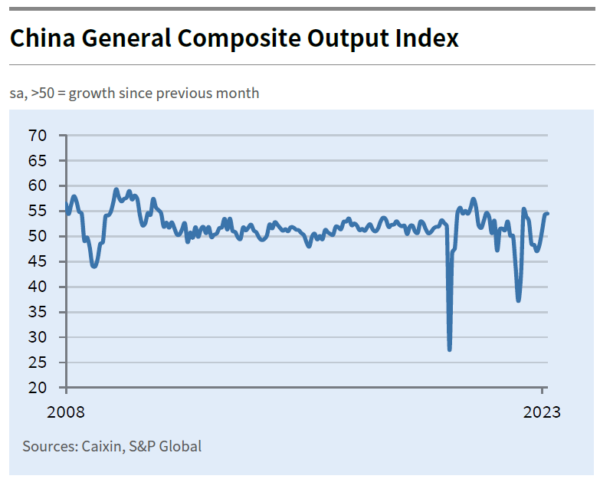
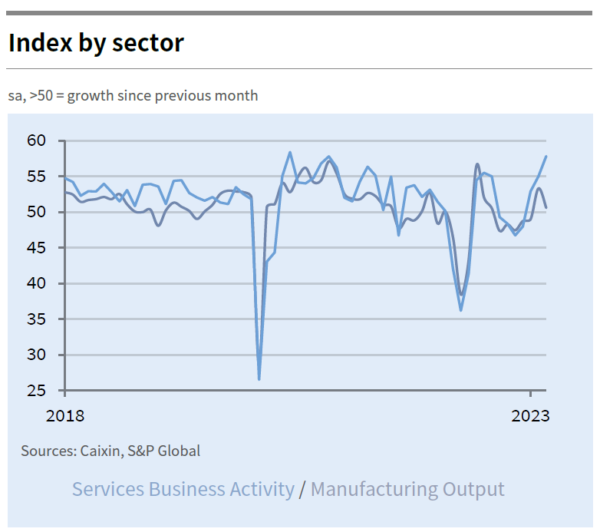
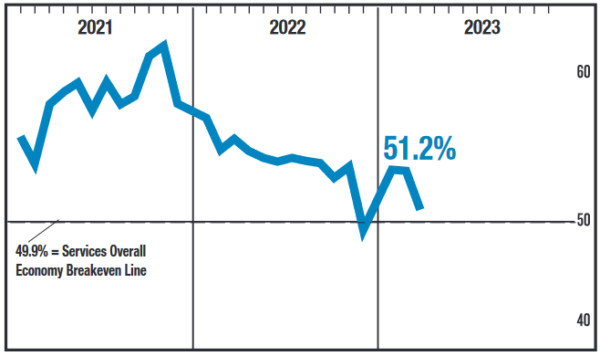
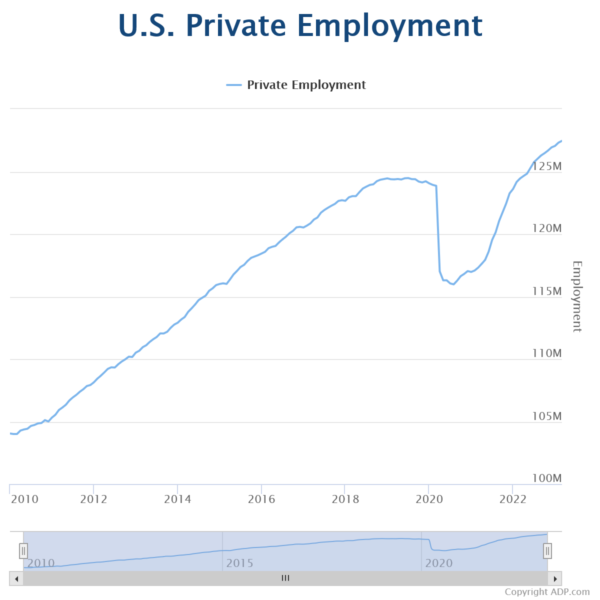
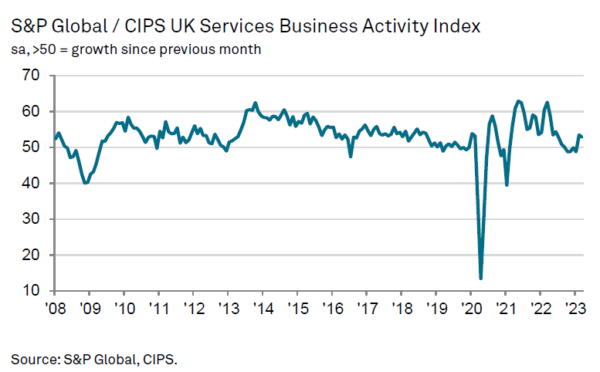
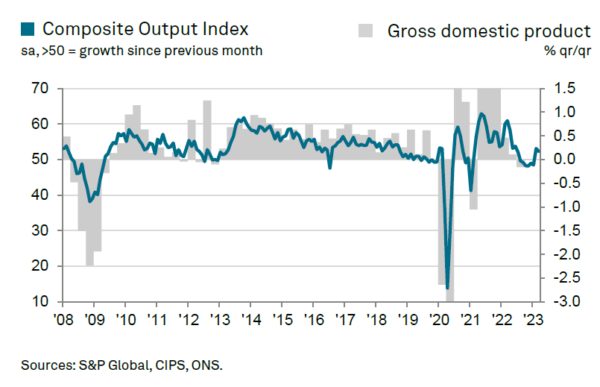
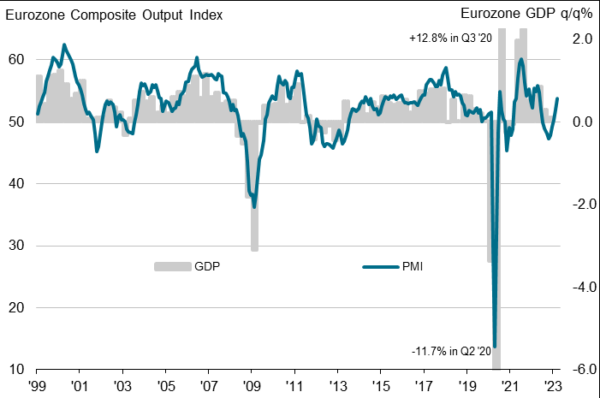
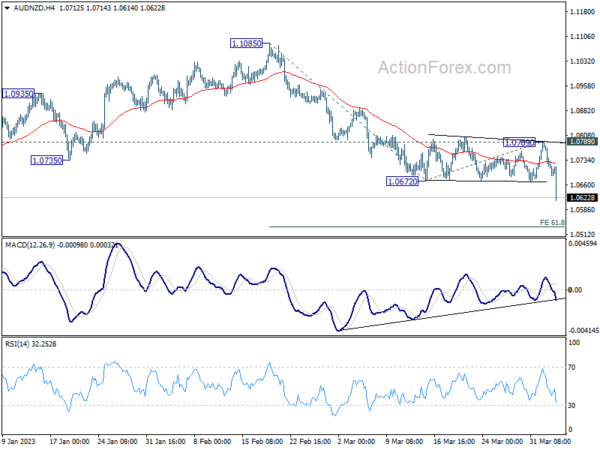
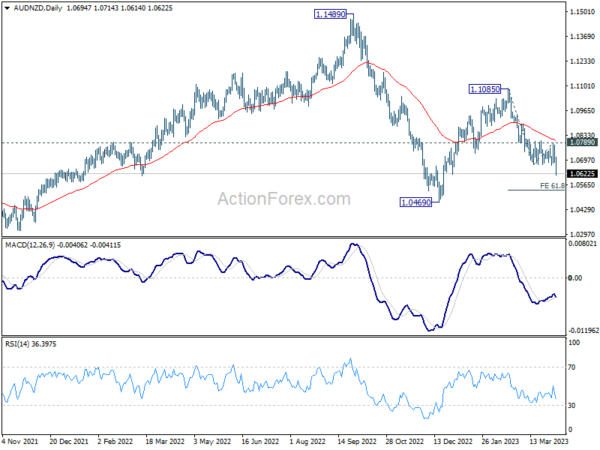

BoC expected to hold steady: Loonie’s fate lies in oil prices and US data
Bank of Canada (BoC) is widely anticipated to maintain its pause this week, leaving interest rates unchanged at a 15-year high of 4.50%. Governor Macklem has emphasized that there’s no need for additional rate hikes if the economy unfolds according to central bank’s projections, which forecast stalling growth for the rest of the year, subsequently cooling inflation. Macklem also stated that an “accumulation of evidence” would be required before considering resuming tightening.
Consequently, it’s unlikely that BoC’s announcement on Wednesday or Macklem’s speech on Thursday will trigger significant volatility in Canadian Dollar. Instead, Loonie is expected to be more reactive to developments in oil prices, as WTI crude remains stuck around 80 mark. Additionally, the currency could be influenced by US CPI data and the release of FOMC minutes when paired against the greenback.
From a technical perspective, USD/CAD appears to be in the third leg of the corrective pattern from 1.3967. Deeper decline is expected as long as 1.3563 minor resistance holds. However, robust support is anticipated around 1.3224, which should contain the downside and complete the pattern. On the other hand, a sustained break of 1.3563 and 55-day EMA (now at 1.3562) would likely result in a stronger rally back towards 1.3860 resistance level. Ultimately, the larger uptrend is envisaged to resume through 1.3976 at a later stage.